Check out our favourites at the Gallery of Honour in the Nederlands Fotomuseum!
99 Iconic Images at the Gallery of Honour of Dutch photography: a hot spot exploring the radical moments and transformations through 180 years of photography. Het Nederlands Fotomuseum is one of the first to lift photography from the past into a contemporary situation, where it thus reflects on the heritage of photographs and the future forms they may take. In a series of photographs from daguerreotypes to staged photos, it tells the story of Dutch photographic heritage and development from 1842 to the present. Exciting innovations and bubbles of creatively voluptuous ideas take root in this exhibition. 99 Images and one empty frame. A frame to let the viewer add in their subjectivity. What has been left out of the picture? A must-see collection exploring complex histories and playful techniques, below we share our favorite photographers to absorb while you’re there.
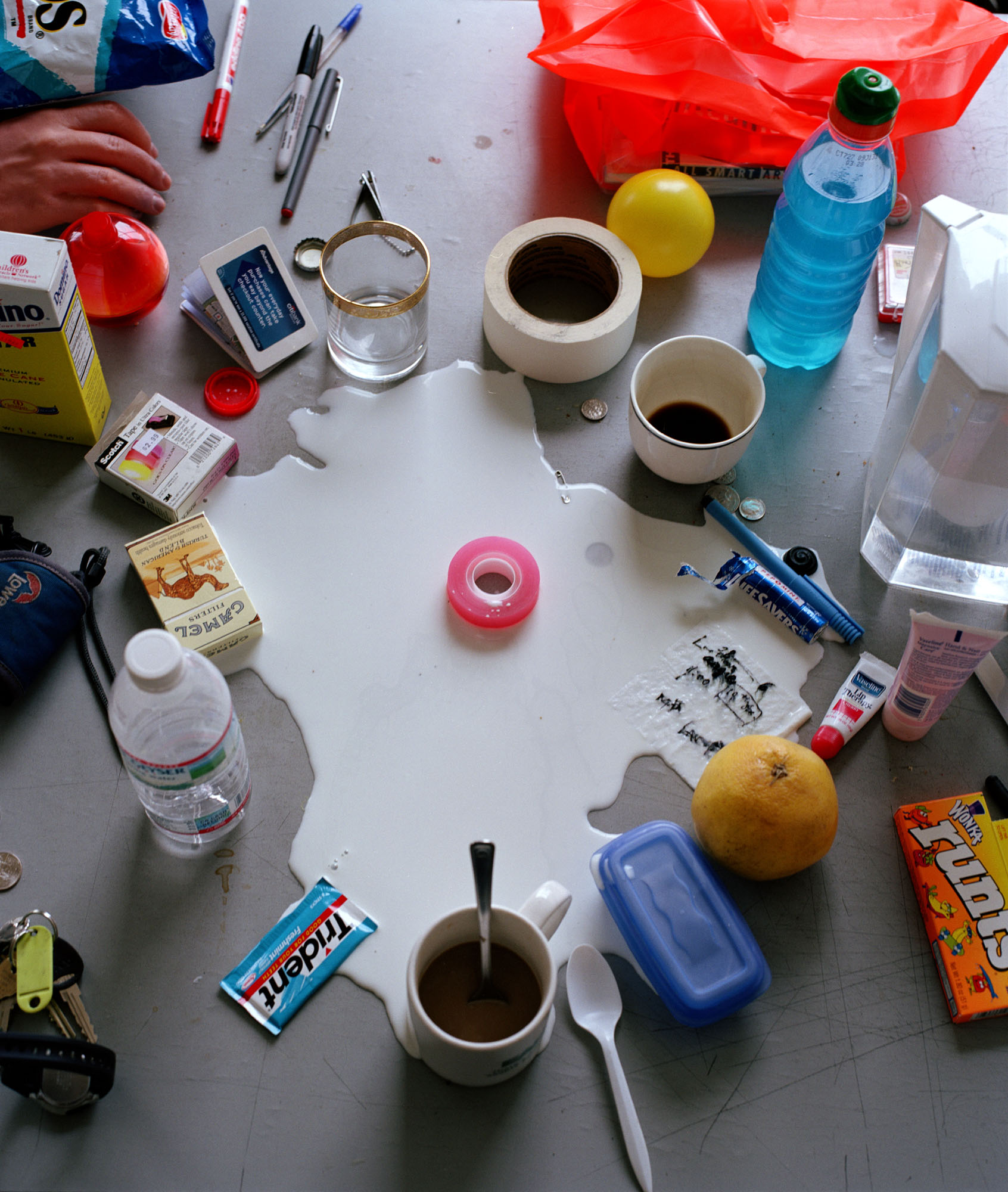
Elspeth Diederix
Find a work of Elspeth Diederix in which she captures a moment seemingly at random. The arbitrariness of her bringing together of elements is perhaps the most exciting part about these actually ‘staged’ photographs. In ‘Still Life Milk’, 2002, Diederix centralizes a spilled puddle of milk amongst everyday objects such as gum, cigarettes, bottles and paints. Can you unravel the underlying meanings of this still-life? Perhaps you can come up with a thousand explanations, namely the milk as a reference to sin … or maybe the point is to have no point, no other significations at all. That’s what makes looking at her work so interesting and engaging – what does it mean to you?
Eduard Isaac Asser
Eduard Isaac Asser is the photographic pioneer of 1842, having done the earliest photographs, called Daguerreotypes. The daguerreotypes are polished pieces of silver-plated copper which mirror the appearance of the subject that is captured. Due to the hyper-sensitivity and manual requirements of the earliest cameras, his subjects remain rigid and still as a stone. Underscoring his work, you will see a sense of slight discomfort and mystery in his photographs of his family and the portrait of his daughter, Charlotte.
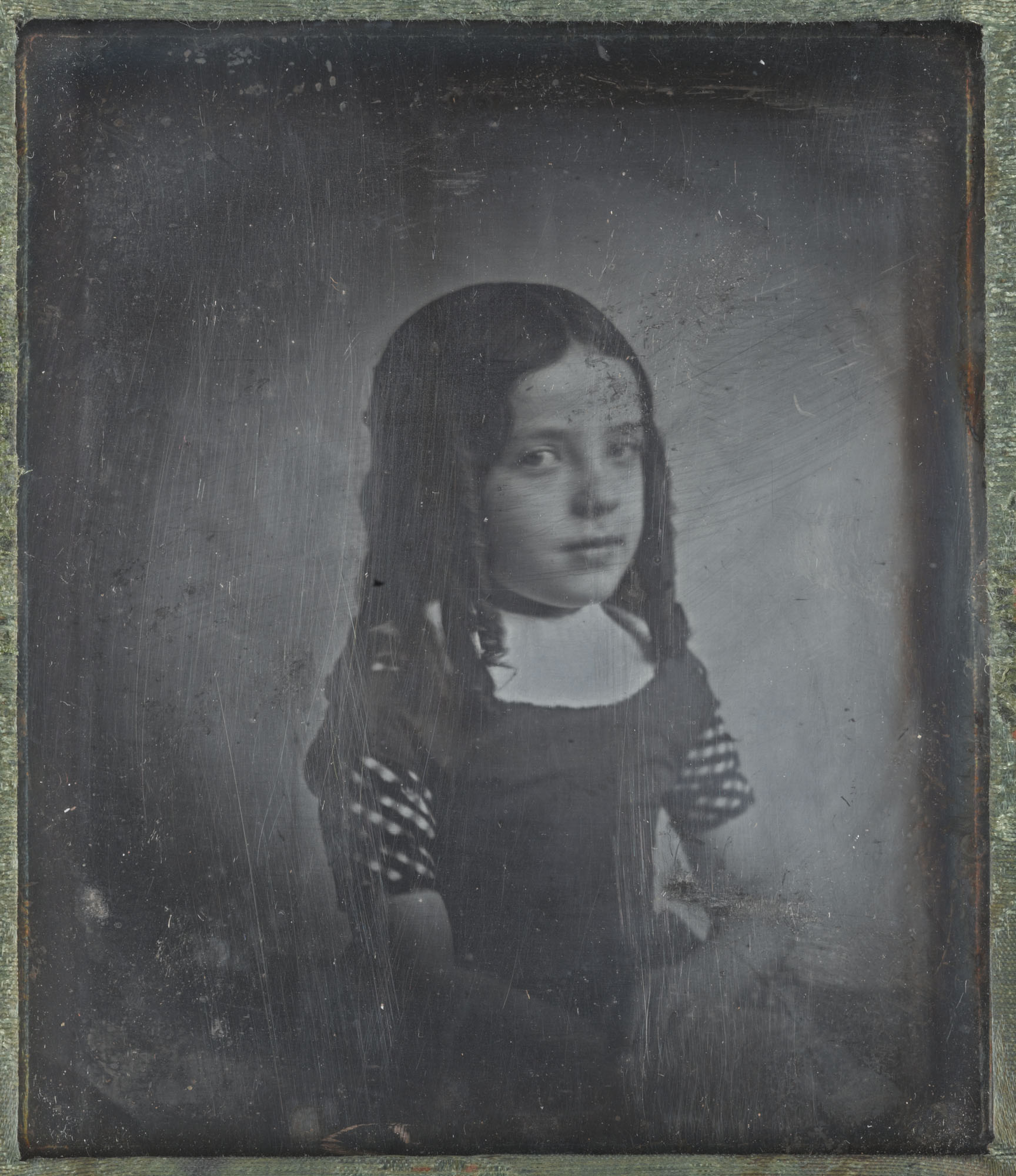
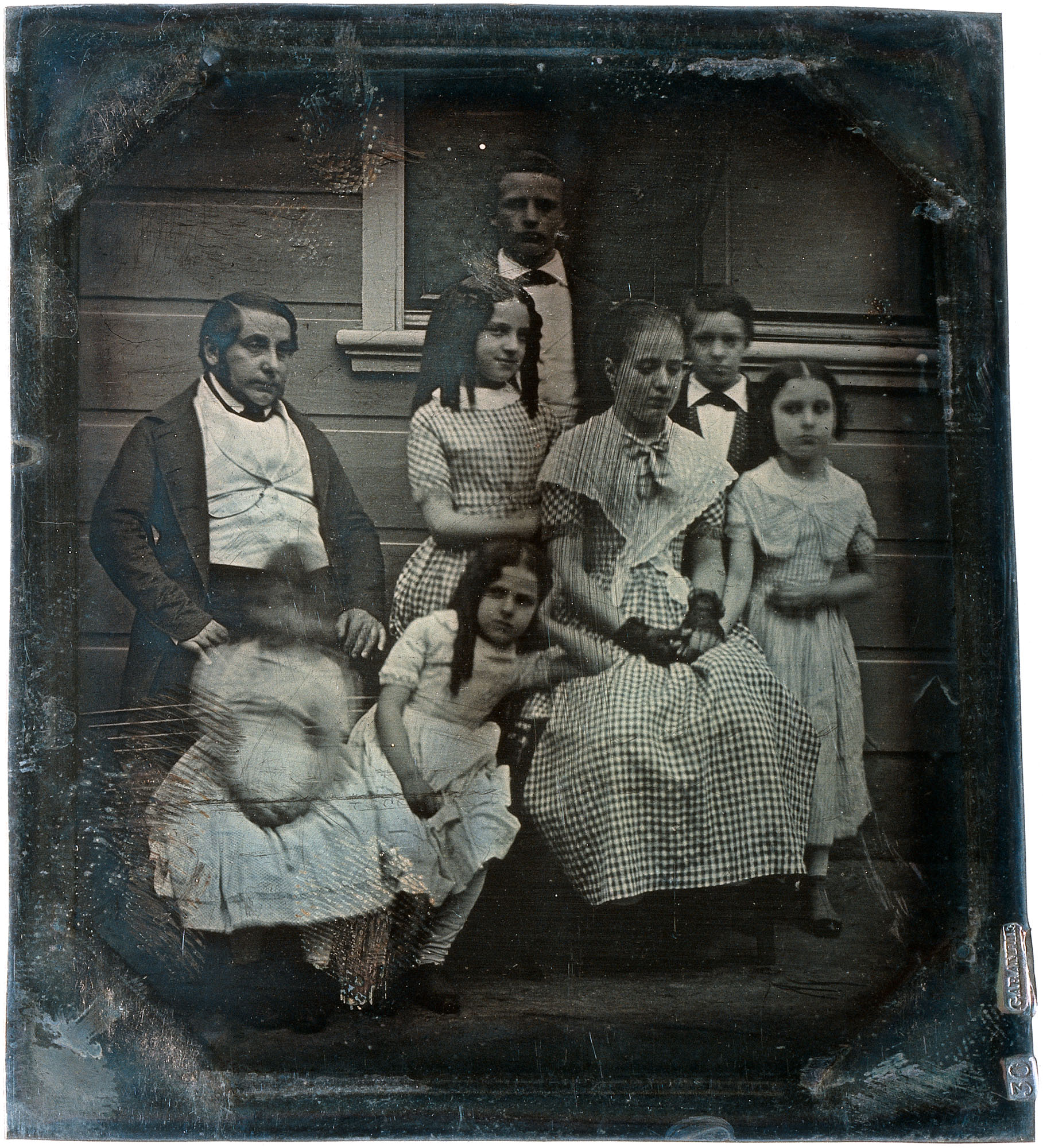
Dustin Thierry
Following our conversation with Dustin Thierry, we’re thrilled to view his timeless portraits in flesh. Gently observing Europe’s Ballroom scene and experience of Afro-Caribbean diaspora, the Curaçao-born Netherlands-based photographer amplifies the voices of the underground while providing intimacy and honour towards his striking subjects. With healing and emotion at the foundation of his work, Thierry is an artist whose work is meant to be felt and experienced, rather than explained.
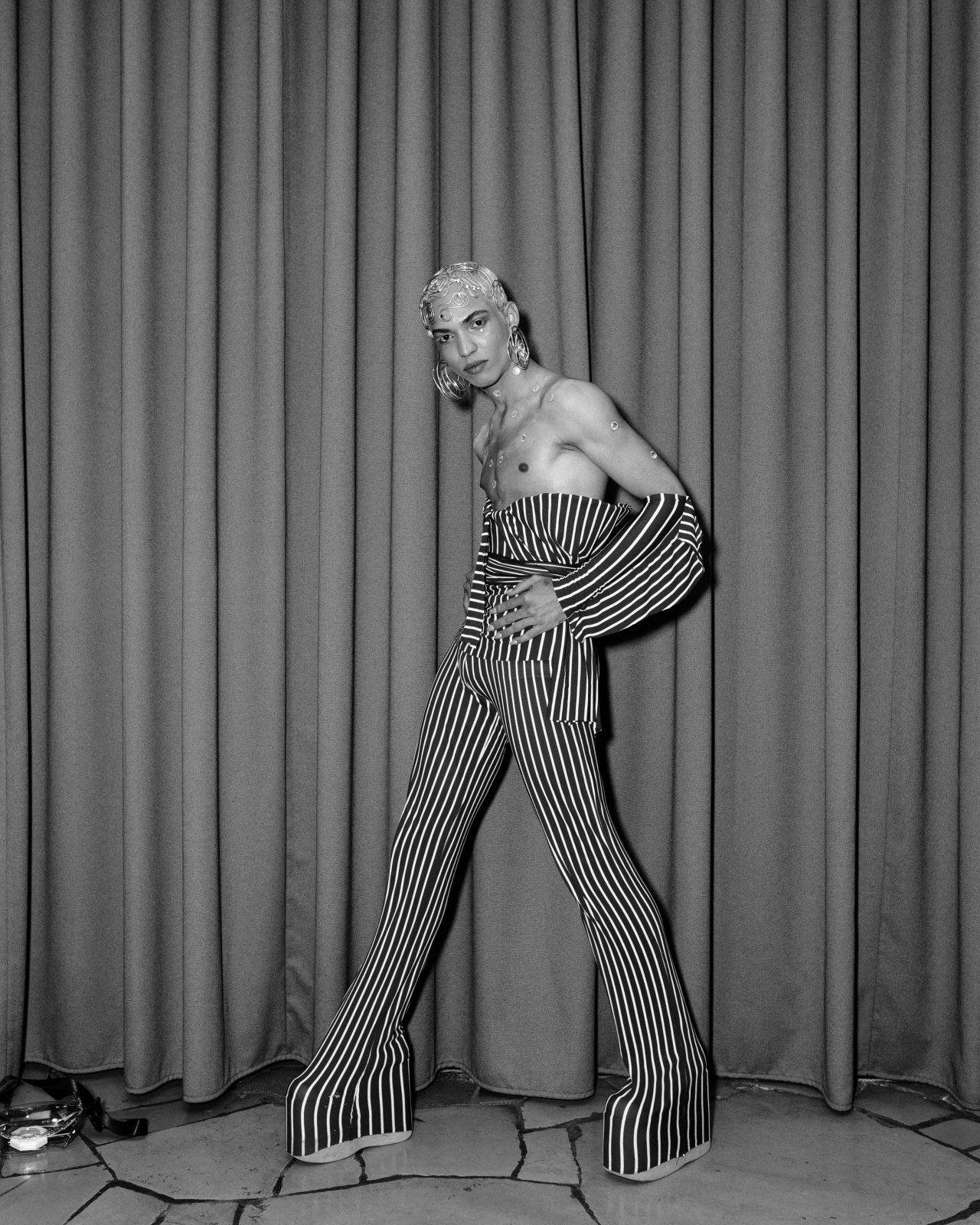
Opulence, Ritchy Princess of the house of LaDurée at the ‘On The Cover of Vogue’ Ball under direction by Zueira Mizrahi, Berlin, 2018. From Opulence, 2018 ©️ Dustin Thierry.
George Hendrik Breitner
George Hendrik Breitner’s guilty pleasure was the free-spirit of the streets. But… he did this back in the 1890s. His candid photography, taken with Kodak’s Folding Pocket camera. The spontaneity and fleeting character that transgresses his photographs was a practice that was way ahead of his time. Take a chance to note the different moments embedded in his photographs, from a woman shouting to the roof, to a little girl playing in the streets, and others.
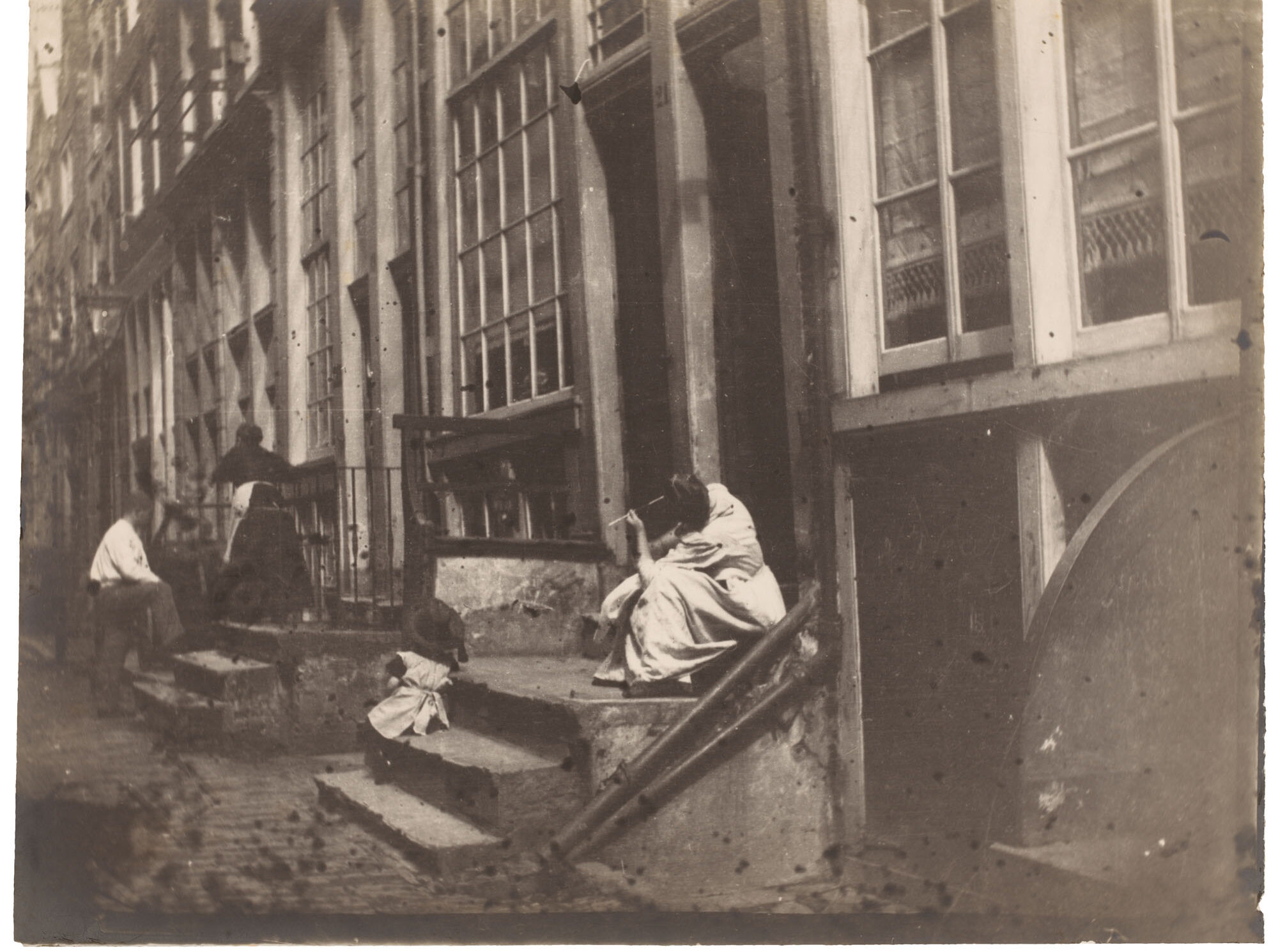
Paul Citroen
Student at the infamous Bauhaus school in Weimar, Paul Citroen’s photographs of the 1920s and 30s, defy conventions. Taught to experiment and deconstruct perspectives and ways of seeing, on view you can see not only his eclectic collage of clippings of skyscrapers from all over the world–a mosaic of visual stimuli–, but you can also see his striking ‘Portrait of the Dancer Estella Reed’ 1931. Here he plays with contrast, obtuse angles and manifestations of his subject, whom he has photographed various times throughout his career.
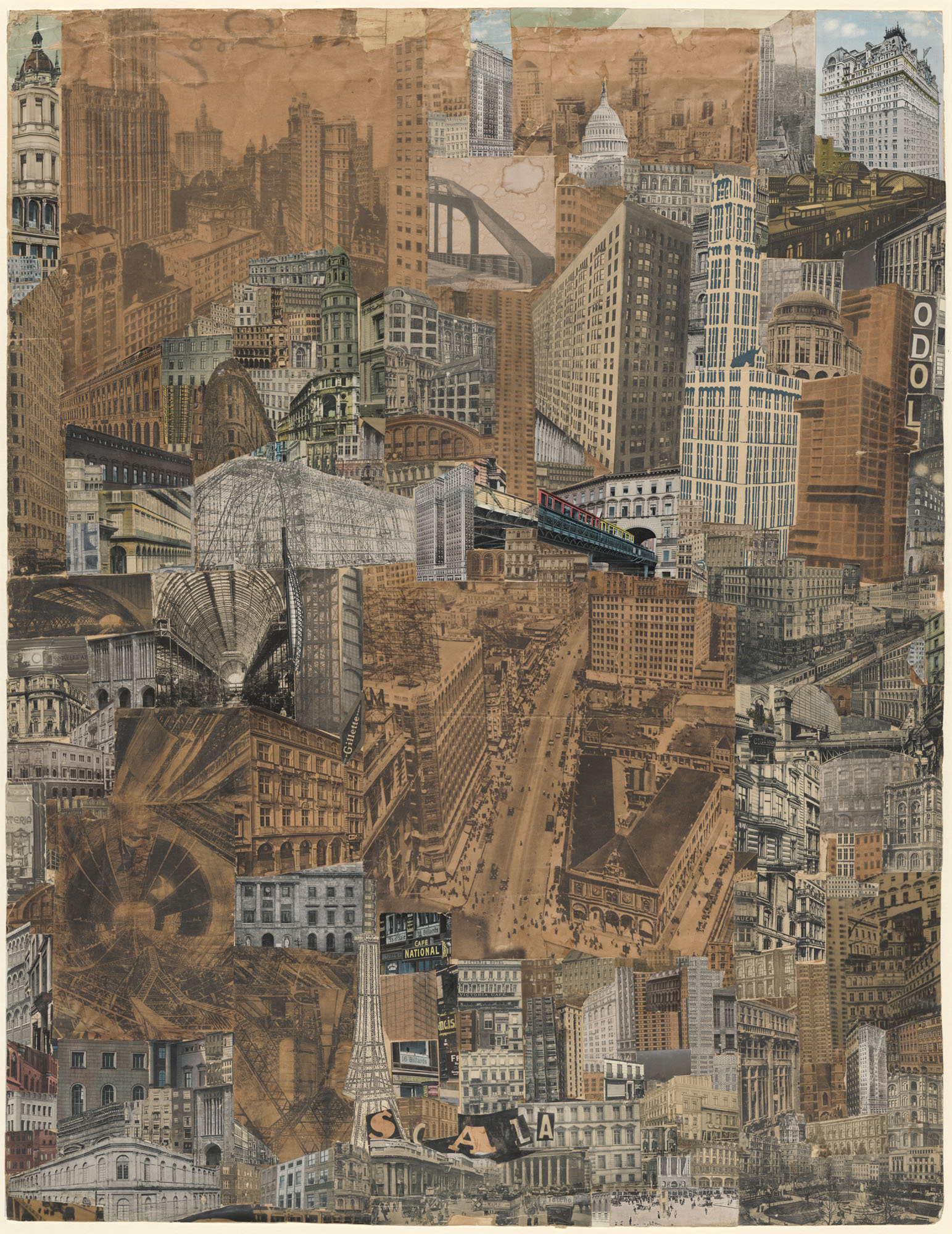
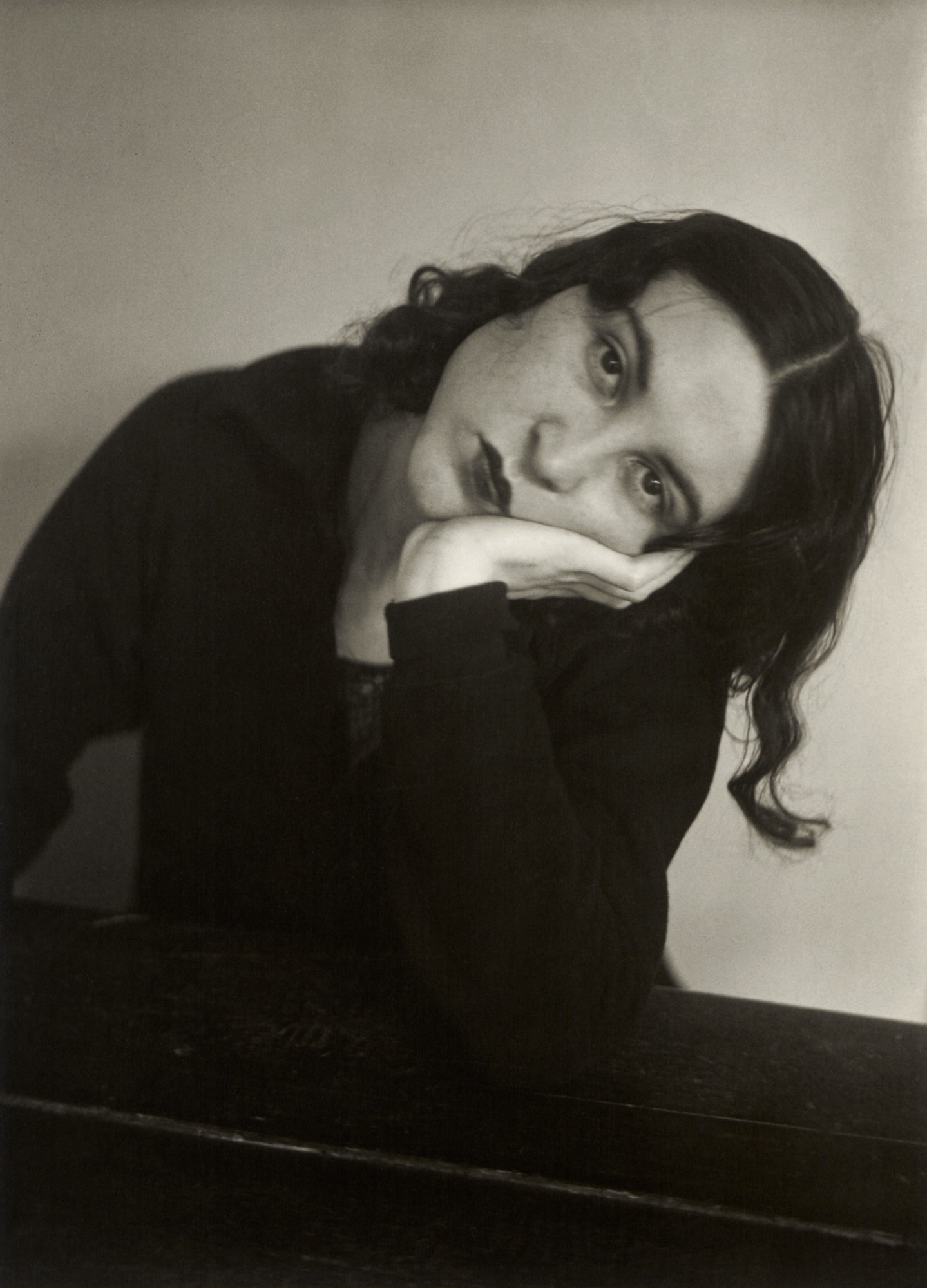
Jacqueline Hassink
Jacqueline Hassink’s photographs take you right to a seat at the table. Spatiality is centralised in her work, and she explores the roles of spaces as demarcations of power. At the museum you can experience one of the largest table’s she’s encountered in her photograph titled ‘Her Majesty Beatrix Queen of the Netherlands’ 15 April 1996. Notice how her photograph is subjectless. With depicting a lack of people she poses the questions: Who sits at the table? And delves into its materiality, shape and order.
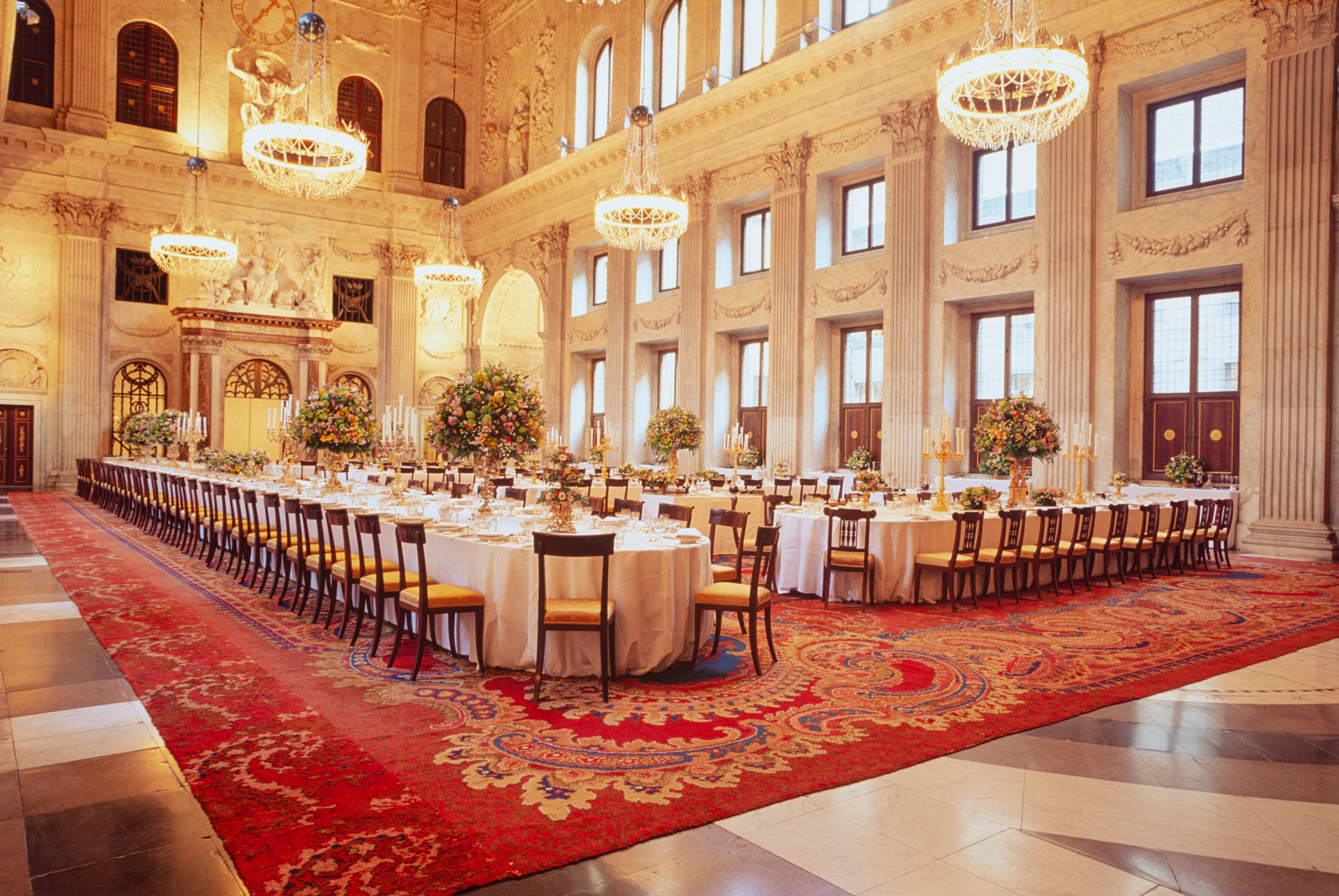
Stacii Samidin
Stacii Samidin’s work comes from his personal situations of growing up in shattering neighborhoods and dealing with prejudice and the shunning of those areas. His ongoing photo series, ‘Societies’, brings the individuals from these neighborhoods to the surface. The photos are a collection from his travels to Ambon, Berlin, Chengdu, Dakar, Kingston, Los Angeles, Paramaribo and Paris. Explore the textures, expressions and complexities of his photographs. The photographs that were his ticket out of Rotterdam where he faced such depicted realities.
Meryem Slimani
Perhaps what’s most striking about Meryem Slimani’s work is her saturation of colours, interwoven in a beautiful composition. But moreover, what you only learn through a closer glance at the work and its artist is that her photographic series is an array of photographs of Slimani’s very own mother. In placing her mother into new, distinct and unexpected contexts, as well as new outfits from a variety of sources she questions the roles between a child and her mother. Her photographs tip toe on themes of identity and representation as she brings her mother figure, a woman who carries with her the obstacles of migration and life’s challenges, to the front and center stage. She seeps into her audience through her strong force of colour and confronting subject’s gaze.
Jaya Pelupessy’s work titled ‘Developing Tray’ plays on the concept of production and reproduction, the very themes that define photography. You have to train your eye to even encapsulate what it is you are looking at. Pelupessy has taken a developing tray (a constant used in the process of print-making in analog photography) and isolated it on a pedestal. He comments on photography’s nature of taking something and placing it into a new field of view. But maybe there’s another layer? Pelupessy makes a model of the objects for his reproduction on a scale 1:5. His photographs are of the entire model but in post-production he enlarges just the individual object to isolate, creating a less sharp rendering. He then places that photograph where the object was left. Blurring the boundaries between physical space and reproducted form, Pelupessy encapsulates a self-inscribed commentary of photography.
This is part of the collection of Het Nederlands Fotomuseum
Statendam 1 (Wilhelminapier)
3072 AR Rotterdam
Hours:
Tuesday – Sunday, 11am – 5pm
And from 8 July until 3 September, they are also open on Mondays.
Words by Lara Somoroff